All Stories
-
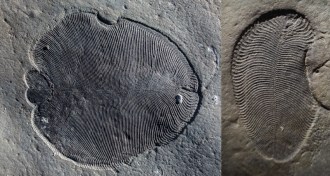 Paleontology
PaleontologyCholesterol traces suggest these mysterious fossils were animals, not fungi
Traces of cholesterol still clinging to a group of enigmatic Ediacaran fossils suggests the weird critters were animals, not fungi or lichen.
-
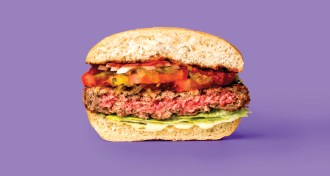 Agriculture
AgricultureCan science build a better burger?
Researchers hope to replace whole animal agriculture and feed the world with lab-made meats or plants.
By Susan Milius -
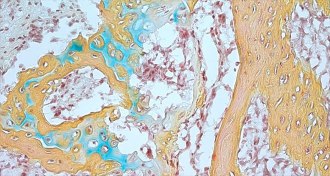 Life
LifeHumans have skeletal stem cells that help bones and cartilage grow
Human skeletal stem cells have been found for the first time.
-
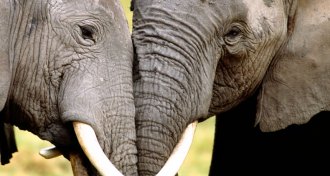 Life
LifeDNA from seized elephant ivory unmasks 3 big trafficking cartels in Africa
Scientists can sleuth out wildlife crime and aid law enforcement by tracing elephant DNA from ivory seizures back to the source.
-
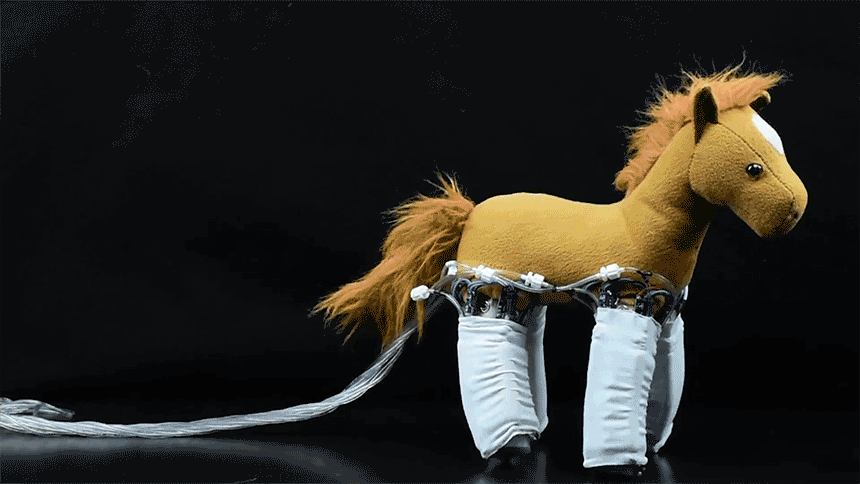 Materials Science
Materials ScienceHigh-tech ‘skins’ turn everyday objects into robots
Robotic skins turn inanimate objects into multipurpose machines.
-
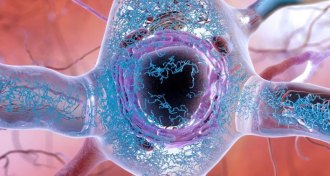 Neuroscience
NeuroscienceOver-the-hill cells may cause trouble in the aging brain
Killing dormant cells in the brains of mice staved off memory trouble.
-
 Particle Physics
Particle PhysicsThree new physics experiments could revamp the standard model
New experiments that rely on very large machines have begun to probe the weak points of particle physics.
-
 Health & Medicine
Health & MedicineDaily low-dose aspirin is not a panacea for the elderly
Healthy elderly adults don’t benefit from a daily dose of aspirin, according to results from a large-scale clinical trial.
-
 Science & Society
Science & SocietyReaders focus on fake news, neutrinos, and more
Readers pondered how to effectively combat fake news, questioned the result of a clinical trial, and wanted to know more about neutrinos.
-
 Science & Society
Science & SocietyBuilding big experiments to study very little things
Editor in Chief Nancy Shute discusses our behind the scenes look at the giant equipment used to study the smallest bits of matter.
By Nancy Shute -
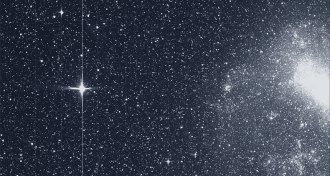 Astronomy
AstronomyThe TESS space telescope has spotted its first exoplanet
TESS’s first exoplanet is twice Earth’s size and may have lots of water.
-
 Particle Physics
Particle PhysicsEarly tests pave the way for a giant neutrino detector
A prototype detector demonstrates the technology needed for the DUNE experiment.